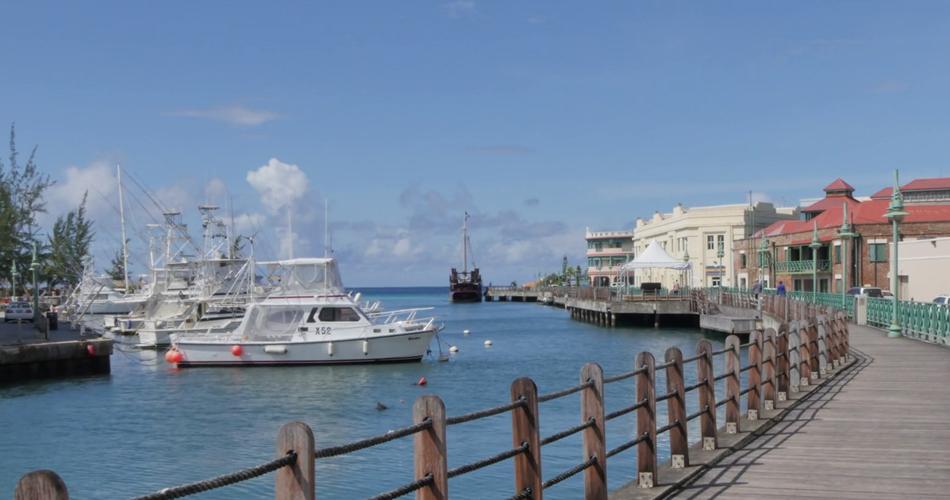As we traveled from the port to our first stop, we learned about the importance of sugar in the history of Barbados and the shops along the commercial streets bear witness to this past. Our tour guide mentioned that all the duty-free shops and numerous banks are now housed in old sugar barns. The economy of the island has evolved from the glorious days of grand sugar plantations to now being 70% based on tourism. Given the camaraderie among the Daughters, we were very pleased to be participating in the tourism part of the economy and not the sugar cultivation!
One of the interesting facts we learned is that Barbados doesn’t have any natural rivers, only one man-made one called Constitution River. It acts as a drainage channel for heavy rain run-off from the surrounding hills and can also function as a shallow passage for small craft boats and medium-sized yachts.

 Today's DAR
Today's DAR





